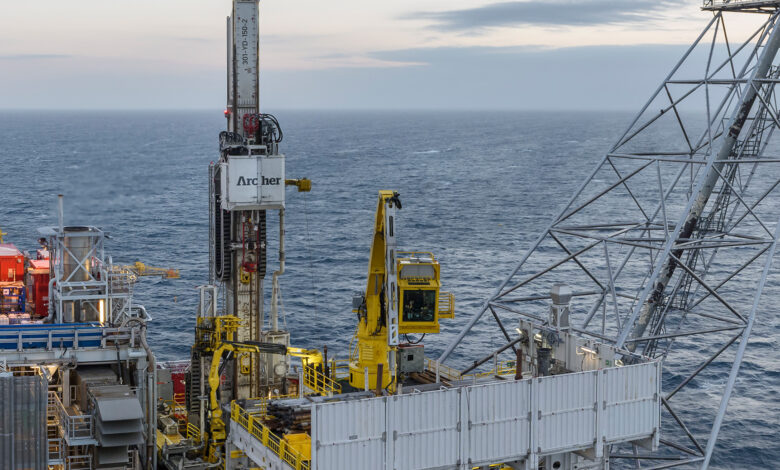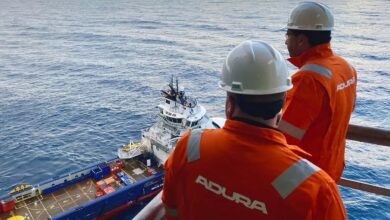Archer acquires MPD service provider ADA Argentina

Archer has entered into an agreement with Air Drilling Associates, Inc to acquire their Managed Pressure Drilling (MPD) subsidiary ADA Argentina (ADA). ADA provides MPD services to Archer’s largest customers in the Vaca Muerta basin in Argentina.
MPD is an adaptive drilling process used to precisely control the annular pressure profile throughout the wellbore. Currently ADA owns and operates three MPD systems and a fourth set will be provided by the sellers as part of the transaction.
“There are numerous governmental and client driven initiatives that support the long-term growth of drilling and completion activity in the Vaca Muerta basin, recently evidenced by new legislation for large investments in Argentina and Pan American Energy’s 20-year agreement for gas export with FLNG provider Golar LNG,” said Gerado Molinaro, VP of Land Drilling.




